Cenotes of Tulum
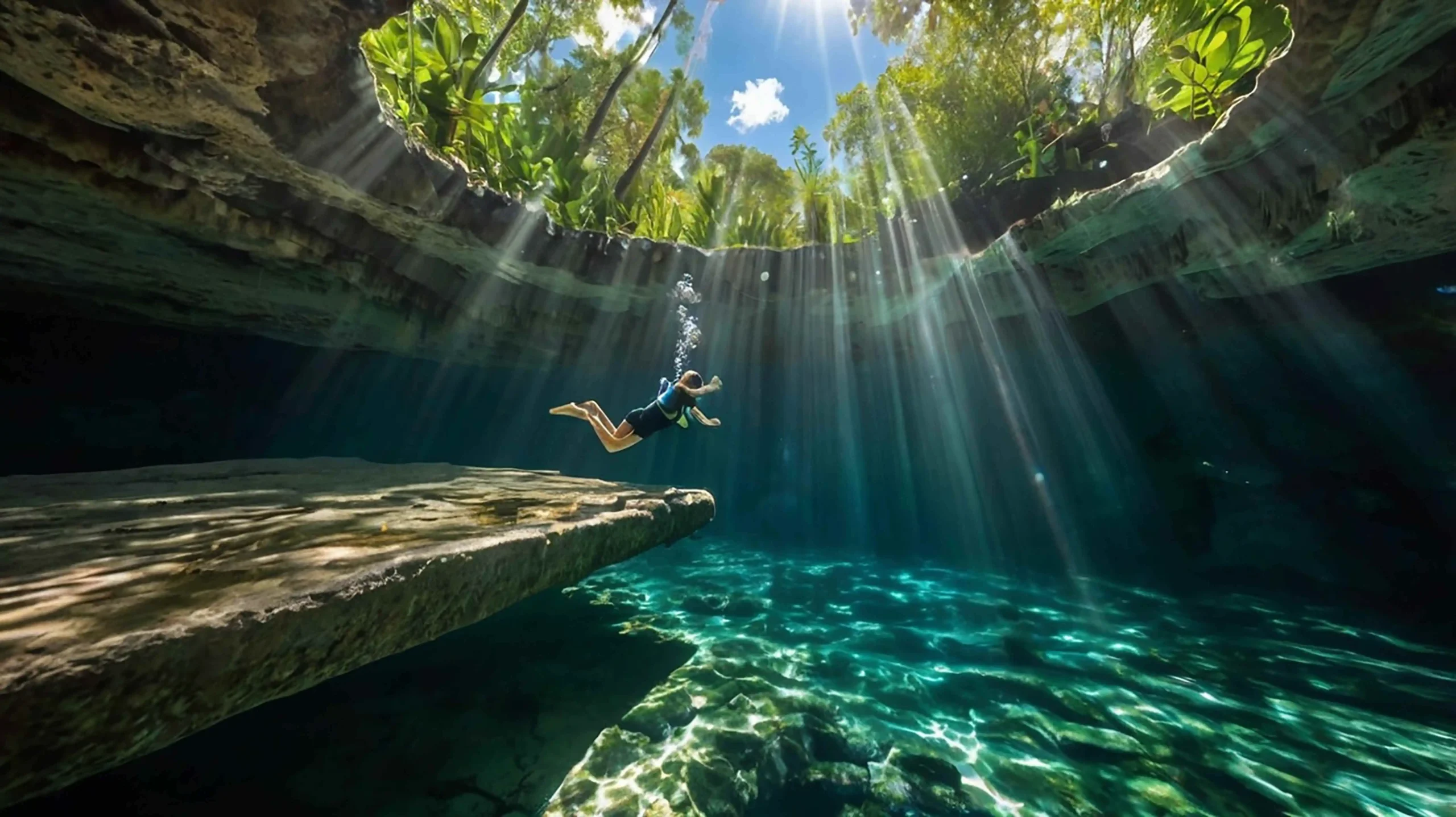
Cenotes are naturally occurring sinkholes in limestone holding groundwater in them. Cenotes also formed due to the collapsing of the cave roofs, exposing the water underneath, which is considered sacred by the ancient Mayans.
Cenotes are common in the region with Karst landscapes, especially in the Yucatan Peninsula of Mexico.
Types
- Open cenotes: completely exposed to the sky.
- Semi-open cenotes: partially covered, with some rock overhang.
- Underground cenotes: enclosed within caves, often accessible by descending into them.
Nowadays, Cenotes become an array of activities such as swimming, diving, and exploring because of the ecosystem.
Gran Cenote
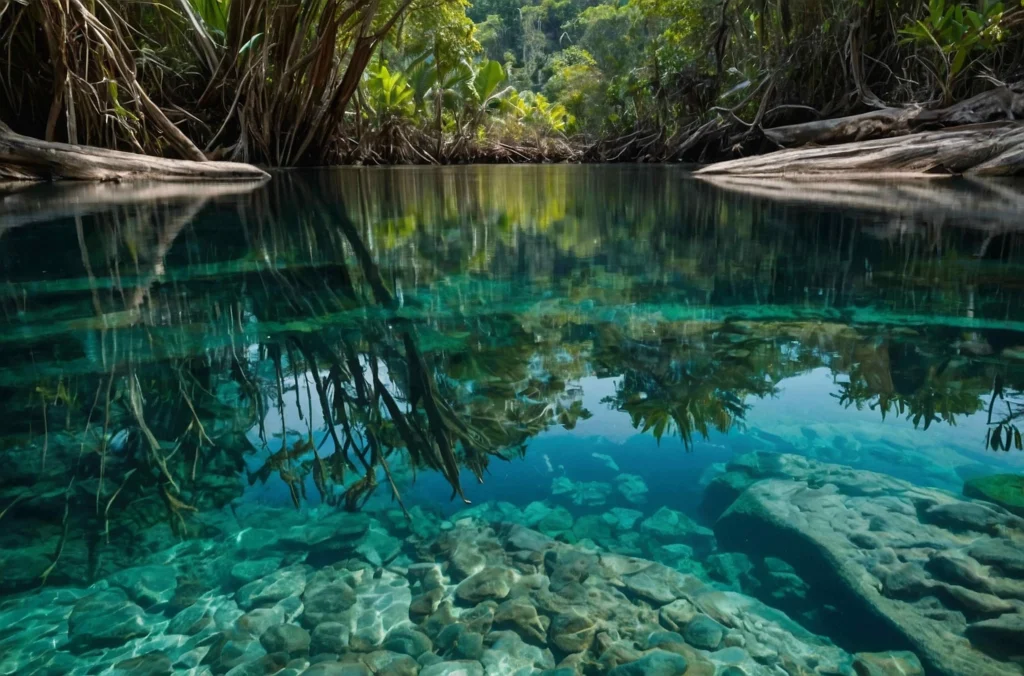
The most popular Gran Cenote is a semi-open cenote near Tulum with clear blue shallow water, a perfect match for aquatic life and visitors to spot fish, turtles, and other underwater formations. Swimming and snorkeling are common and lovable activities for visitors.
Cenote Calavera: (Temple of Doom)
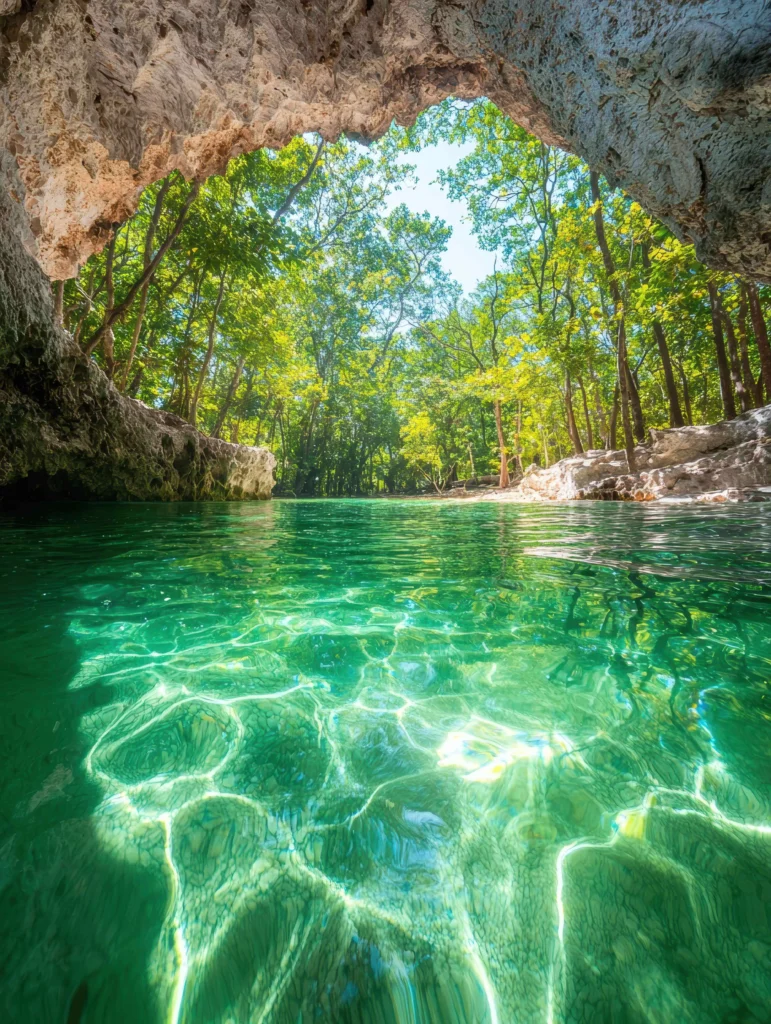
Temple of Doom or Cenote Calavera gives an everlasting experience of jumping and diving in a semi-open cenote; three holes resembling skull eyes and the option of cliff and cave jumping are present.
Cenote Dos Ojos
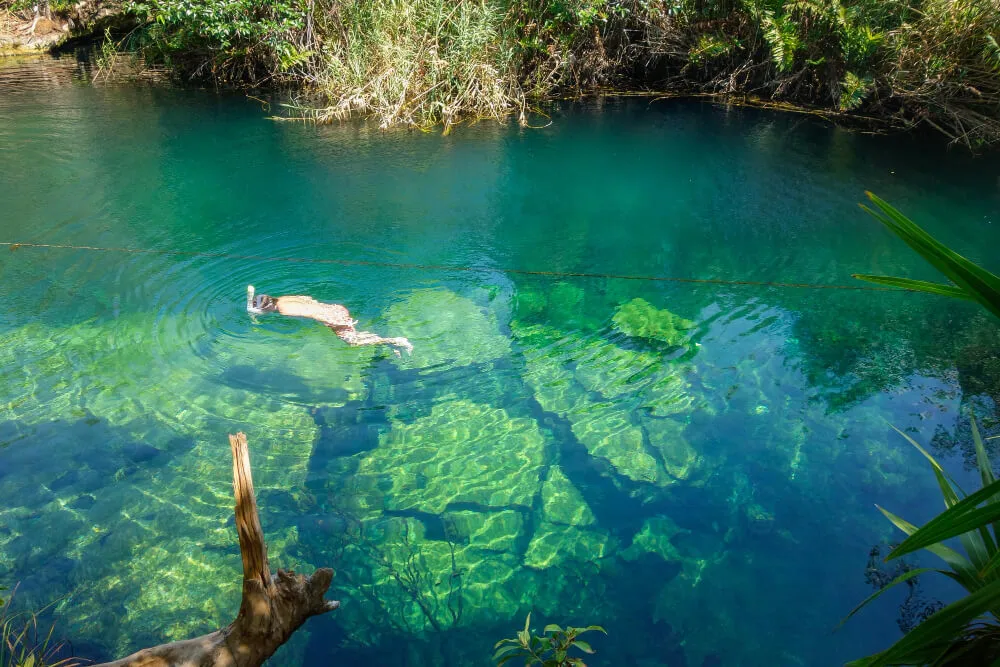
Cenote Dos Ojos is a connected cenote via a tunnel. It’s an underwater cave system, the most famous cenotes of Mexico. It’s adrenaline for both snorkeling and diving. The underwater cave and tunnel are filled with stalactites and stalagmites.
Cenote Zacil-Ha
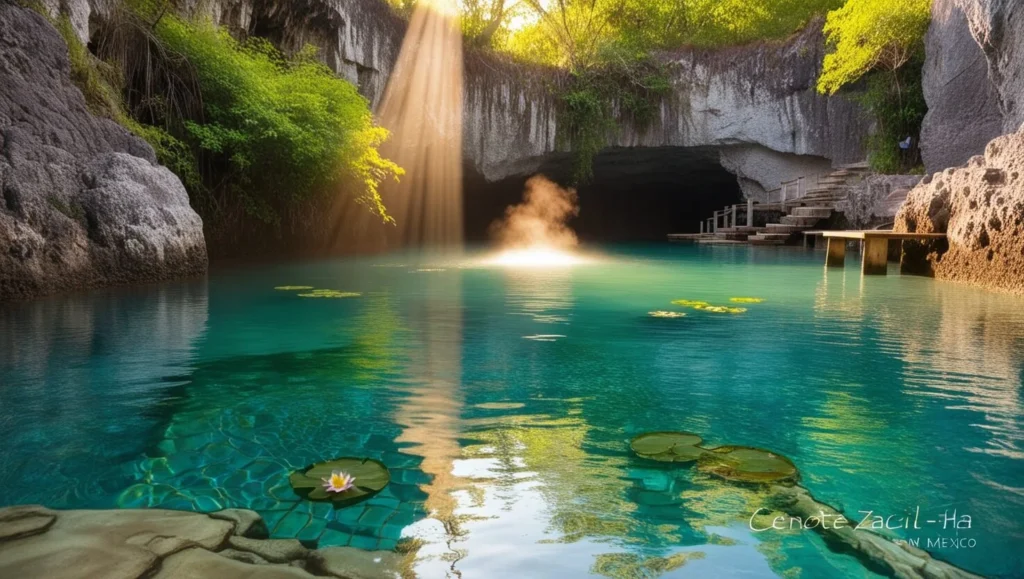
Another open-air, perfect family-friendly cenote with clear blue shallow water offers a zipline into water swimming and other fun activities.
Cenote Carwash: (Aktun Ha)

Cenote car wash: an open-air cenote named after a local who washed the car. Activities to do are swimming, snorkeling, and diving. It is surrounded by lush greenery; such a great experience. Other wildlife can be seen, including crocodiles and turtles.
Cenote Cristal
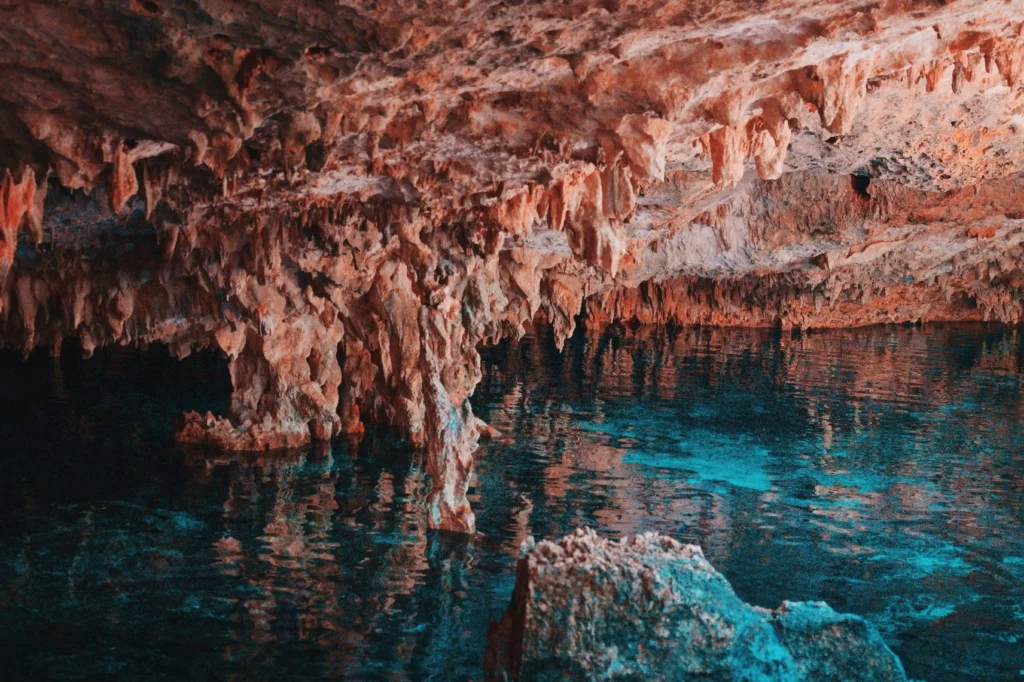
A jungle-covered cenote of Tulum with clear water makes it an ideal platform for diving; it offers a less crowded and peaceful environment ideal for relaxation.
Cenote Escondido
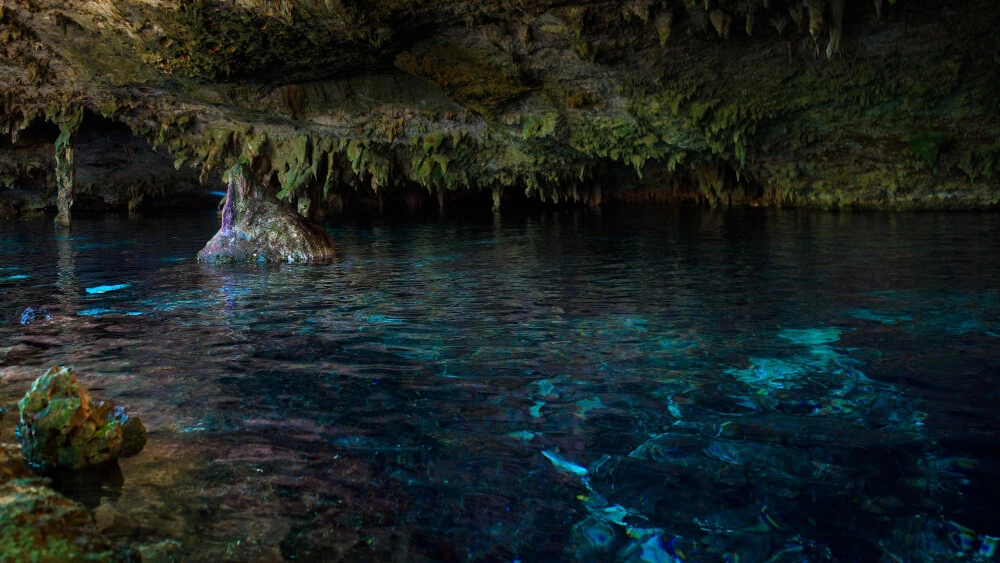
The open-air cenote located next to Cenote Cristal, a more secluded oasis, provides a quieter experience for swimming, snorkeling, and cliff jumping.
Cenote Angelita
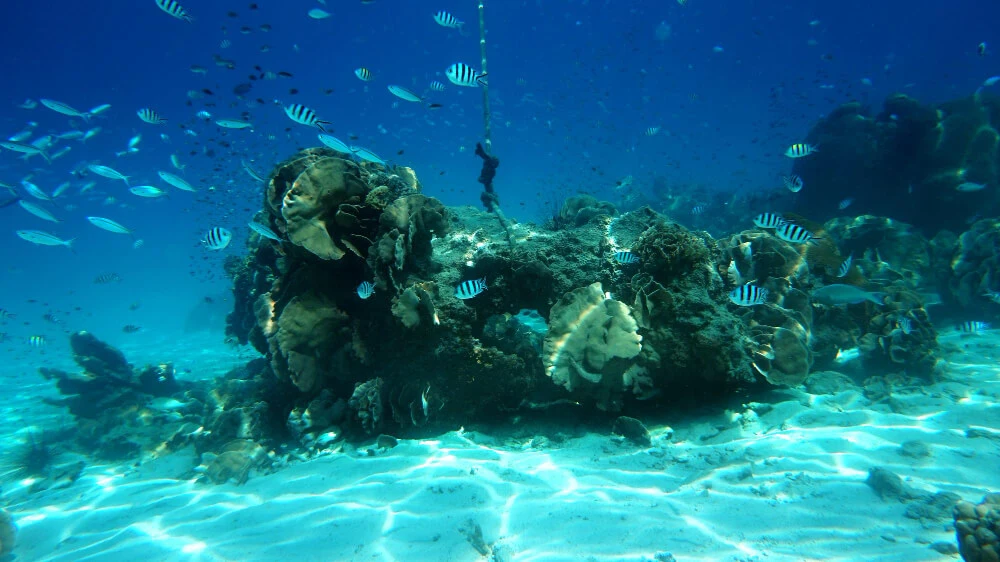
Angelita Deep Cenote has an eerie underwater effect due to the thick layer of hydrogen sulfide that creates the illusion of a river running through the cenote, with a unique diving experience.
Cenote El Pit
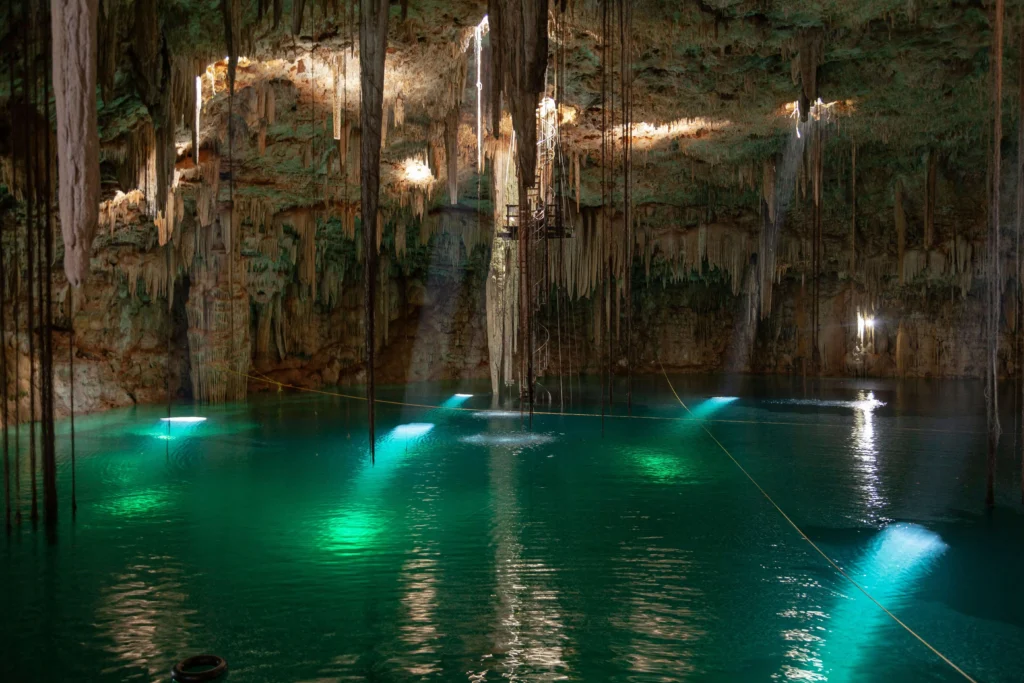
The oldest and deepest cenote in the Tulum area is a vertical, cavernous cenote located in Dos Ojos Park. As sunlight scatters through, it creates a visual effect with an advanced diving experience.
Cenote Suytun
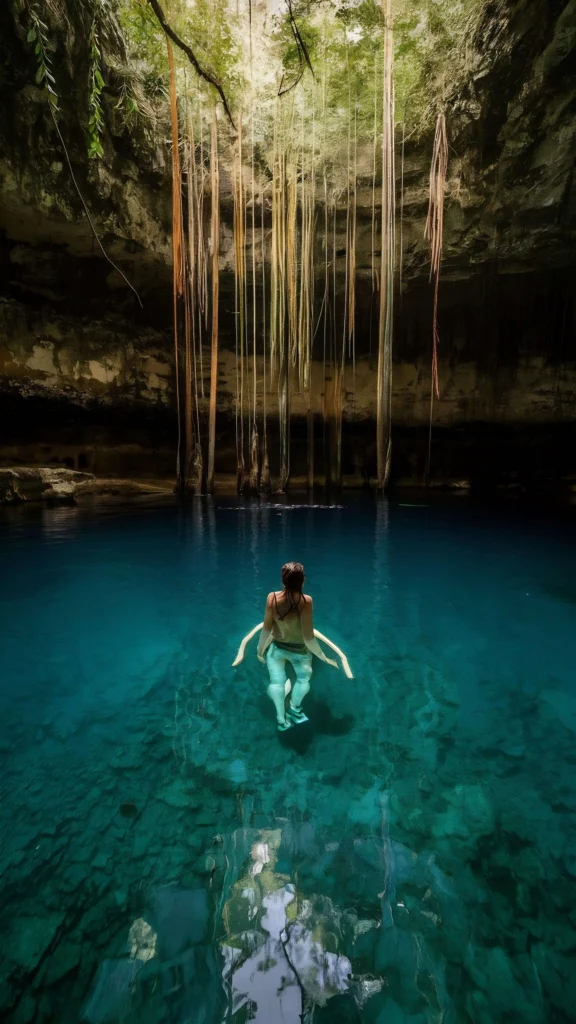
Suytun’s underground cenote is famous for its circular platform, and as the single beam of light enters through an overhead opening, it displays another picture of Suytun, which can only be experienced and described.



